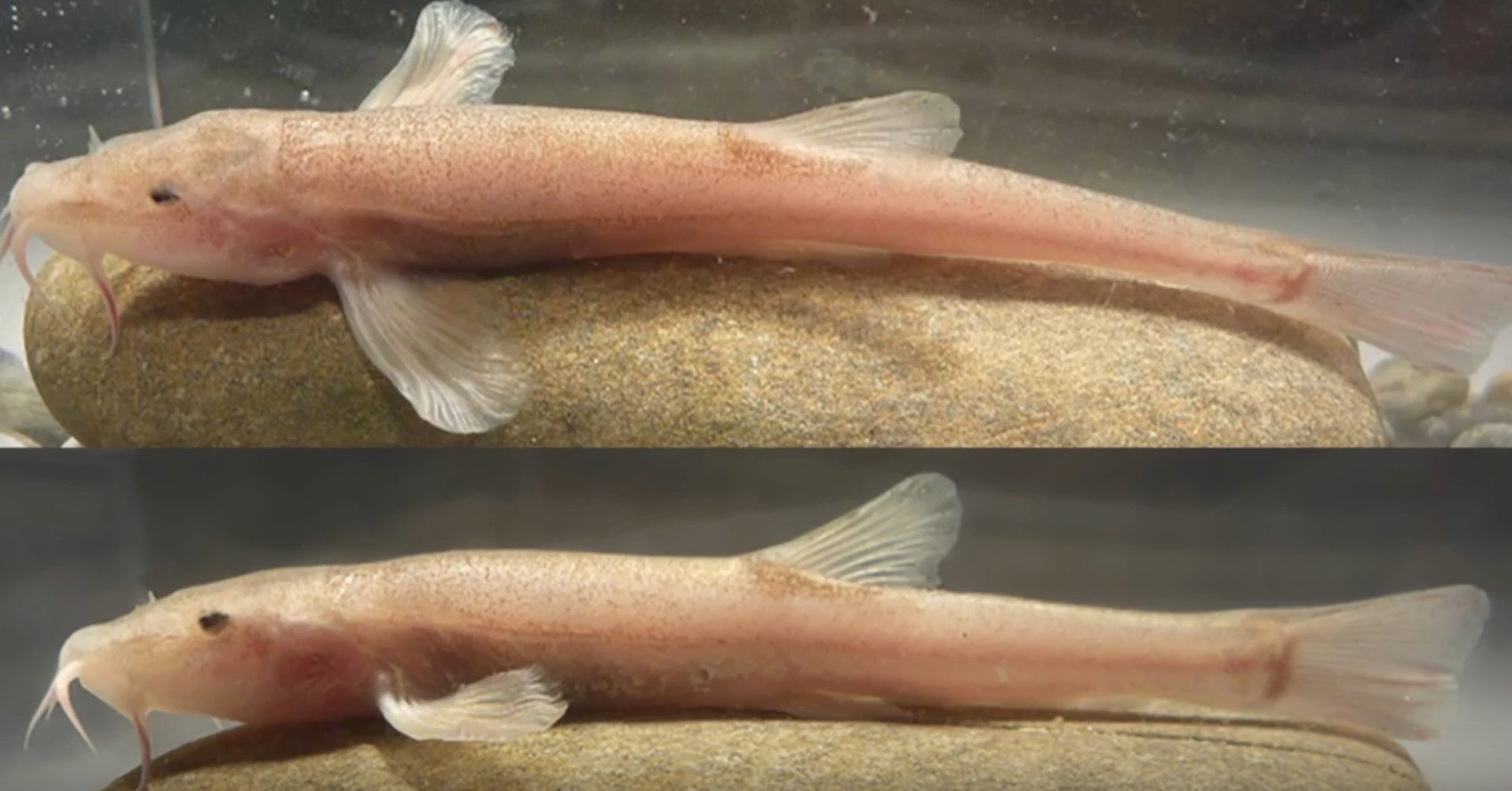So sehen Höhlenfische in anderen Teilen der Welt aus
Anpassung an Höhlen geschieht in einem vergleichsweise geringen Zeitraum
Die Forscher ziehen aus der Entdeckung deshalb folgende Schlüsse: Wenige tausend Jahre genügen, damit sich eine Fisch-Art an das Leben in der Höhle anpassen kann. Zudem lässt sich aus der Entdeckung schließen, dass Höhlenfische nahezu überall auf der Welt leben könnten. Und drittens zeige der Fund, dass selbst in einer Region wie Süddeutschland, wo man davon ausgeht, dass die ganze Bandbreite der Biodiversität längst bekannt ist, immernoch neue Funde gemacht werden können.
